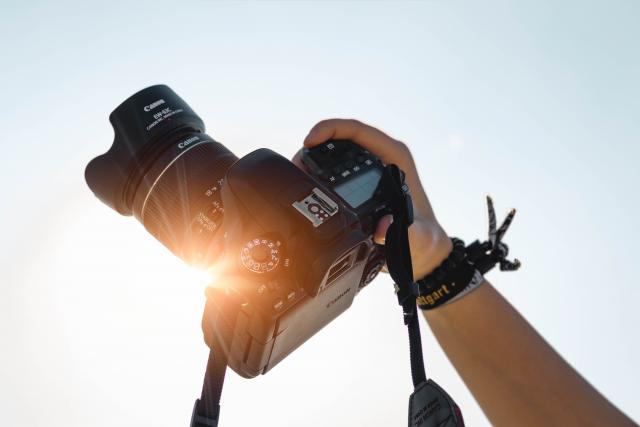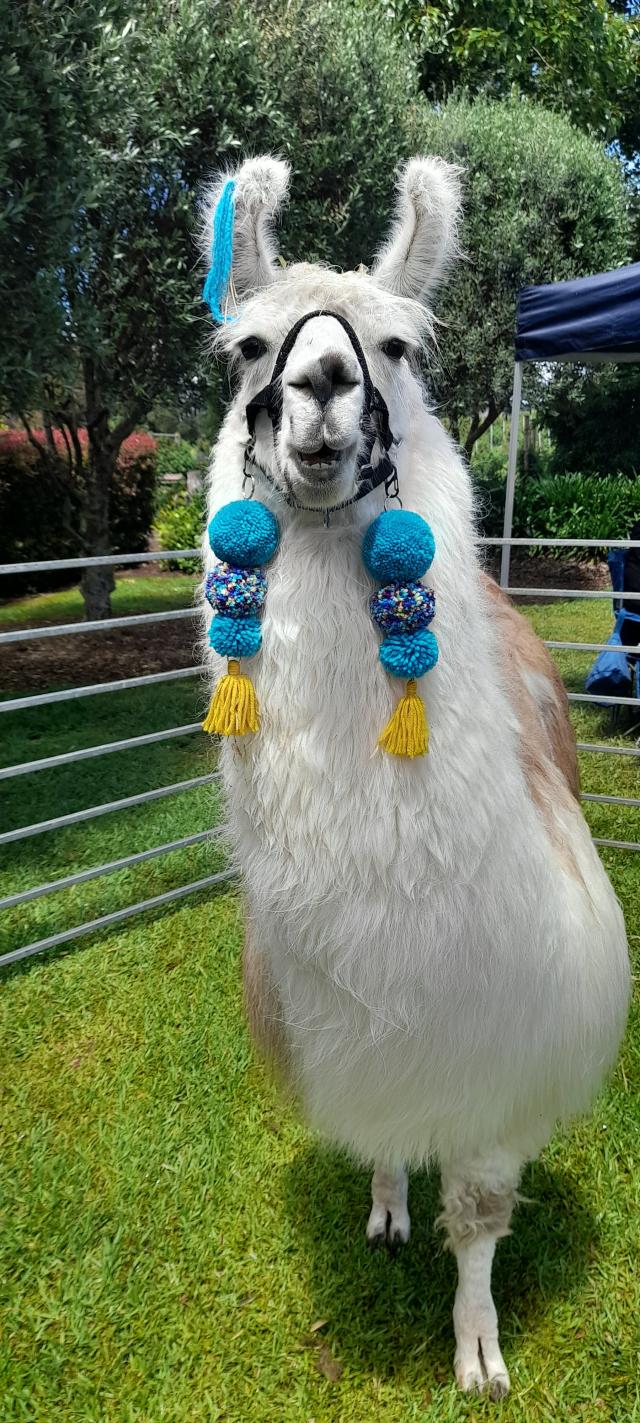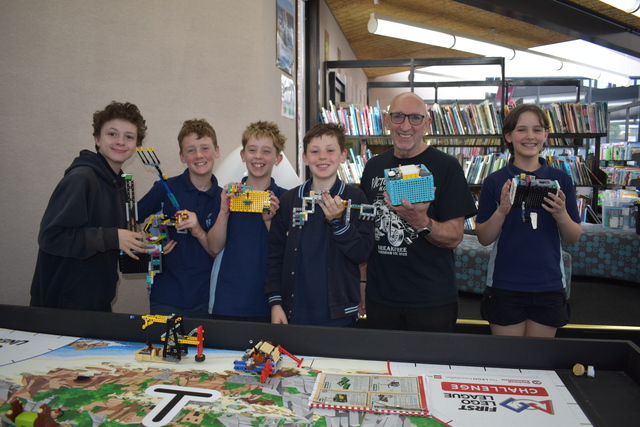“Today everything exists to end in a photograph,” Susan Sontag wrote in her 1977 book, On Photography.
Now this observation resonates more strongly than ever, particularly since our daily social-media and news feeds are bursting with digital images from every corner of the globe.
Images have always played an important role in shaping public perceptions, have influenced social and political movements and been catalysts for change.
Before photography there were paintings and now in the digital age we have almost instant dissemination of images seen by millions.
Such was the case when Pulitzer Prize winning photographer Doug Mills captured the moment of an attempted assassination of former President Donald Trump at a rally in Butler, Pennsylvania.
Bloodied but defiant, Trump was seen holding up a clenched fist and mouthing ‘fight, fight, fight’ to his supporters, as he was rushed off stage, still bleeding from his ear.
The photo sped around the world instantly, some predicting t it will bolster his chances for the presidency, others disagree.
There have been certain images that have impacted so strongly that they were indeed instrumental in bringing about change.
Particularly images involving children, the innocent victims of war.
Most would be familiar with Napalm Girl (1972) the photo of a young Vietnamese girl running naked down a road after a napalm attack, later identified as Phan Thi Kim Phuc who survived by tearing off her burning clothes.
Taken by Nick Ut it brought the horrors of the war into the homes of everyday people and fuelled anti war feelings in the American public.
One of the most distressing images of all time was The Vulture and the Little Girl, taken by Kevin Carter during the Sudan Famine of 1993 which shows a small emaciated near death
child with a vulture hovering nearby.
It was a photo that was condemned by many but nevertheless won the Pulitzer Prize, bringing more condemnation.
The following year Kevin Carter haunted by what he had seen and perhaps questioning his own ethics in taking the photo, committed suicide.
The image remains a powerful symbol of the suffering caused by famine and conflict.
Regrettably today many in Sudan are facing famine again.
In 2015 the body of Adam Kurdi a two year old Syrian boy washed up on a beach in Turkey after he drowned with his mother and brother in an attempt by the family to reach Europe en route to joining family in Canada.
The photo quickly went viral, prompting international responses and played a part in the Canadian elections at the time.
But not all lasting images are of war and carnage.
The first photos taken of Earth by humans during the Apollo missions have become some of the most reproduced of all time, and 50 years later, their power and influence remain.
On Christmas Eve, 1968 the crew of Apollo eight captured a spectacular sight as they orbited the Moon: the illuminated Earth appearing above the barren lunar horizon.
Called Earthrise and the first colour photograph taken from space it quickly circulated around the world and is widely credited for promoting environmental activism and awareness in 70s Similarly the photo known as Blue Marble (1972) according to NASA historian Stephen Garber: gives you a much different sense of the world in which we live, that geographical and political boundaries are really meaningless.
Popular culture too has its enduring images.
When photo journalist Sam Shaw set up the shot of Marilyn Monroe during the New York filming of the Seven Year Itch.
It was merely to promote the film.
This shot of the film star standing over a subway ventilation grate is Shaw’s most famous work eclipsing his other more notable works Marilyn Monroe was a feminist before there was even a word for it.
When studios tried to push “dumb blonde” roles on her, she not only defied them and moved to New York, she started her own production company, one of the first women to ever do so in the 50s.
Some poems not only reflect the socio-political contexts of their times but also continue to inspire and influence movements and individuals globally.
W.B Yeats said: ‘Poetry is truth seen with passion’. At the time of him writing The Second Coming in 1919, much of the world had grown disillusioned. The poem speaks to us today as potently as ever.
Things fall apart; the centre cannot hold;
Mere anarchy is loosed upon the world,
The blood-dimmed tide is loosed, and everywhere
The ceremony of innocence is drowned;
The best lack all conviction, while the worst
Are full of passionate intensity.
For the oppressed and marginalized Maya Angelou’s Still I Rise offers resilience and defiant hope:
You may write me down in history
With your bitter, twisted lies,
You may trod me in the very dirt
But still, like dust, I’ll rise.
And Kurdish refugee Behrouz Boorahni writing from Manus Island captured the yearning for freedom:
The Black Kite
Over Manus Island,
a black kite flies.
A few youths –
still with energy
to bear the difficulties
of this prison camp –
made it.
The black kite flies,
a messenger of freedom
for us, the forgotten prisoners.
The last words go to Leonardo da Vinci who said: Painting is poetry that is seen rather than felt, and poetry is painting that is felt rather than seen.
Woorilla Poetry Prize 2024 is is open for submissions.
Please visit woorilla.org.au







